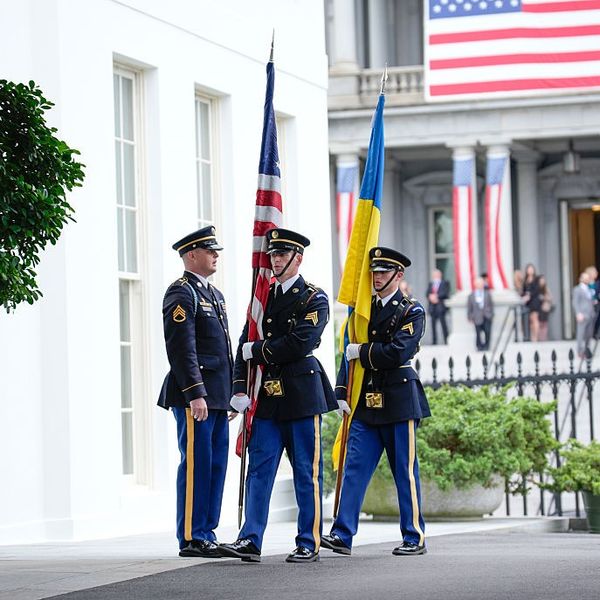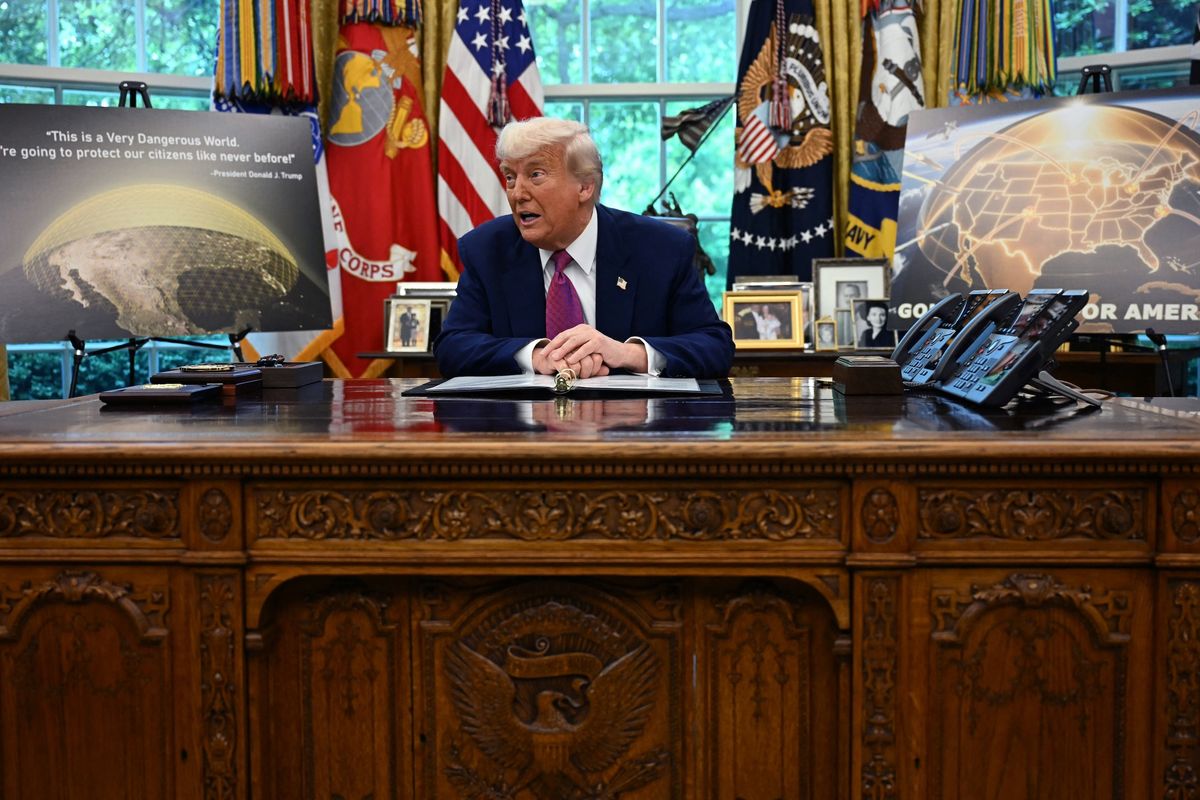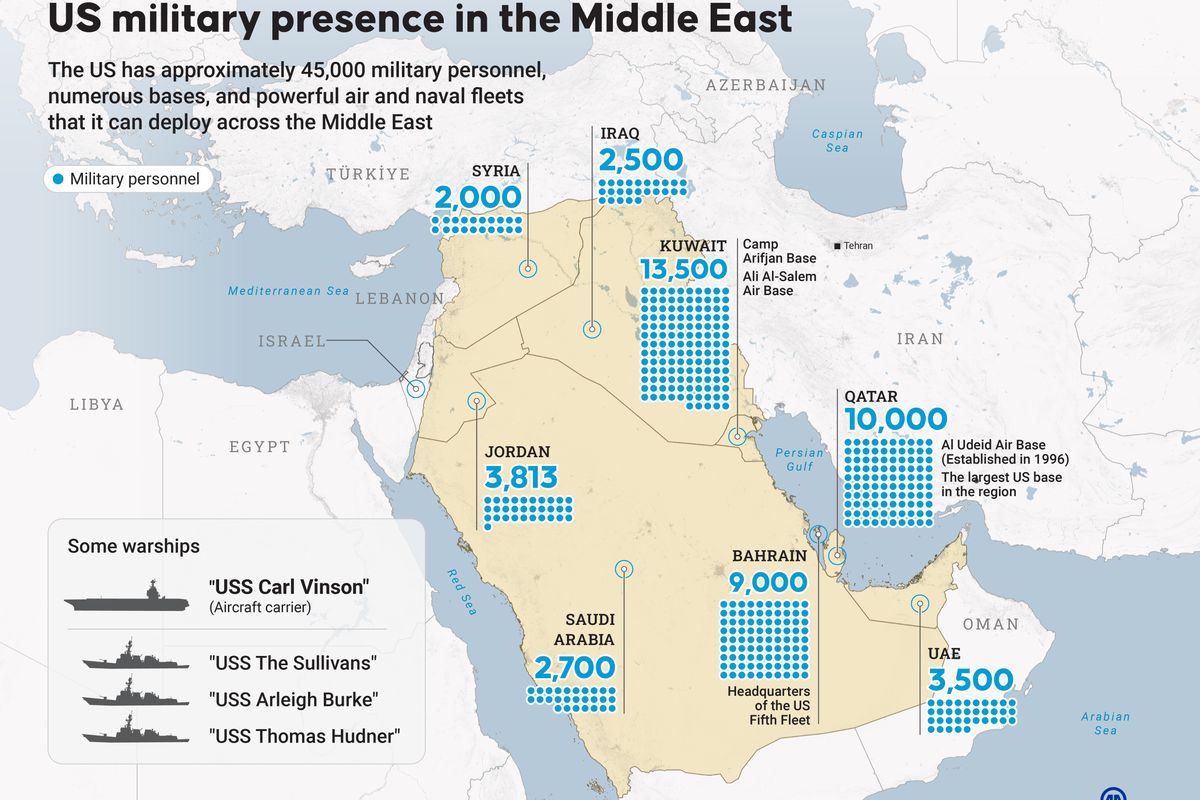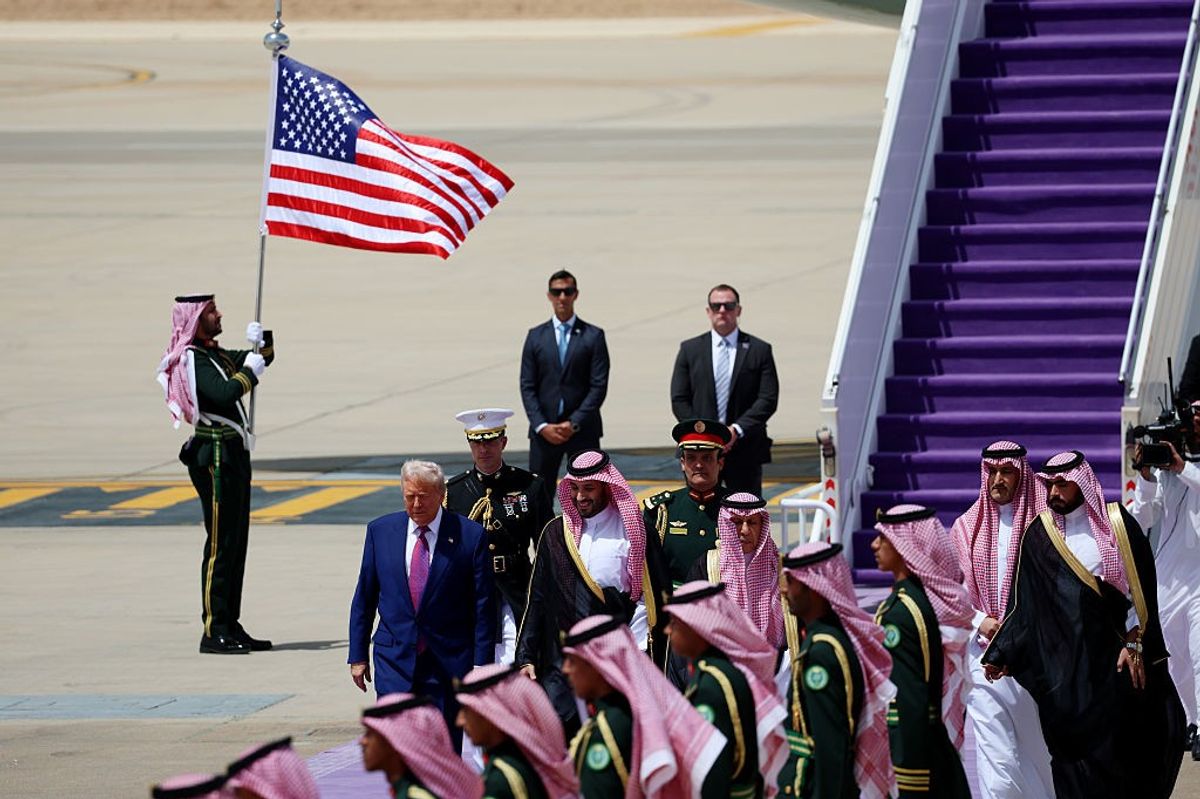OPINION — “Space is a warfighting domain. Therefore, the Space Force cannot simply be a support element. It is our job to contest and control the domain through the application of military force…We know the Space Force is responsible for organizing, training and equipping critical space capabilities. We assert that the Space Force is also responsible for conducting warfighting operations as an integral part of the Joint Force.”
That was Gen. Chance Saltzman, Chief of Space Operations of U.S. Space Force, speaking last Tuesday at the Center for Strategic and International Studies during a daylong set of discussions about Space Force, which celebrated its fifth anniversary last week.
Saltzman outlined the future growth of Space Force operations in direct terms that I will discuss in a moment. But first, I want to go through the frank description that Saltzman as well as his predecessor, retired-Gen. Jack Raymond, provided about the role that bureaucracy plays not just within the Pentagon but at the Combatant Command levels.
Saltzman got me thinking about it when he said early on, “Plugging into the Defense Department (DoD) and the bureaucracy, and what it takes to put a budget together, to work the policy, to integrate with the Joint Force – there is the old adage where quantity is its own kind of quality to some degree.”
After five years, Saltzman said the Space Force staff is at 16,000, adding, “We’ve been very judicious when it comes to adding people to staffs just for the sake of staff work. We have added staff in a period of managing growth – we have added staff to our operational force because we’re getting new missions.”
Raymond recalled he believed there were 100 “space experts” across the staffs when he headed operations for the Air Force (USAF Air Staff J3). But in 2019, when he became the first to lead the USAF Space Command, he was offered a staff of 1,035, which he cut down to 600.
The Cipher Brief brings expert-level context to national and global security stories. It’s never been more important to understand what’s happening in the world. Upgrade your access by becoming a subscriber.
Raymond went on to say, “I quickly realized what a staff of 1,035 do – they go to meetings and that’s what the Pentagon does. So, you have to have enough bureaucracy, enough mass if you will, to be able to operate inside the bureaucracy of the Defense Department.”
Saltzman introduced the idea that coordination involves up to 60 different agencies and added, “It’s not just going to meetings, it’s because we have service-level responsibilities, it’s elevating the discussion that makes sure that in those meetings space is accounted for. That is the critical function, that’s played, whether it’s a budget discussion, whether it’s a requirements discussion, and we’ve talked before, before we were a service [Space Force], we weren’t in those discussions. We weren’t in those meetings at all, and so the important questions that needed to be asked, went unasked. So that’s what it means to be in the meeting, not as a note-taker, you’re there to represent the equities of a warfighting domain and make sure it’s properly resourced.”
Saltzman gave another example of the need for staff when he explained, “We are going to have to fill out the service components, because every Combatant Command needs access to space expertise…It will take a while to grow that, so we are going to be very deliberate with how we’re going to grow that.”
By that Saltzman was referring to putting Space Force personnel with the regional, Combatant Commanders. Up until now, he said, Space Force had put people initially “where the threats are: Indo-Pacom [Indo-Pacific Command], Eucom [European Command], and Central Command.”
Saltzman added, “What I learned since the establishment of these three is there is far more that a Combatant Command does with allies, day in and day out, education and training, battle drills in communication centers.” He added, “If you are present [in a Combatant Command] as part of the battle rhythm [by which he meant you have a Space Force component there], then you are integrated, if you are not a part of it, you are not integrated.”
Not a Subscriber+Member but need access to the national security content that the experts read? Let's get you in.
For example, Space Force Brig. Gen. Anthony Mastalir is commander of the space component at Indo-Pacom headquarters at Joint Base Pearl Harbor-Hickam, Hawaii. He has spent 2024 building out the space service component to some 40 people.
They are not composed of just space operators but include cyber experts that can protect space-based assets, space-related intelligence officers and procurement officials. “Today we double down on our commitment to integrate space across all components, all domains,” said Gen. Mastalir said in an Indo-Pacom press release. “Our task is simple: ensure that warfighters in Indo-Pacom maximize the combat effects available from space capabilities — capabilities across all services, U.S. Space Command, the intelligence community, and commercial space.”
Saltzman said at CSIS that he plans components at Southern Command and Northern Command “to make sure space is accounted for.”
One more bureaucratic problem came up worth mentioning.
Space Force has been planning to have active duty and Reserve Forces personnel allowed to take time off to work at NASA or elsewhere or in some cases work part-time, and Congress recently passed a personnel management act to permit that.
However, as Saltzman explained it, “We now have authorities to manage a part-time force inside our single component; This is amazing. But as a single component, as Space Force, I have no authorities to manage part-time people yet. I don’t have the data base; I don’t have the structures; the policies in place that says well, how many days do you have to work in part-time. Is it a flex schedule or is it two weeks a year? We have to do all this work now to actually operationalize the authorities we’ve been given…to harvest the talent and experience that’s currently resident in the Reserves, in the Guard maybe eventually…So that is now the heavy lift that our S1 [personnel] team is going through in figuring out what are all those administrative mechanisms that have to be put in place to make sure that we can effectively execute those authorities.”
The biggest issue for Saltzman is Space Force budget growth attached to new missions associated with the “counter-space idea.”
Saltzman said, “When we talked about adding to the Space Force early, it was largely about aggregation of mission sets – we brought satellite communications over, we brought all the missile warning capabilities over, Space Development Agency was absorbed. And those looked like growth to the Space Force budget, but it really was an aggregation of resources.”
Request your seat now for the national security technology summit of the year in 2025, The Cipher Brief's NATSEC/TECH Summit happening June 5-7 in Austin, Texas. Find out more by dropping a note to Info@thecipherbrief.com
With those things now taken in, Saltzman said, “We have to protect the Joint Force from an increasingly dangerous space-enabled targeting web that our adversaries are putting in place.” He said, “Guardians are uniquely and specifically trained and educated and experienced for warfighting in, from and to the space domain. No one else is better suited to lead a campaign in space. No one else has the tools required to achieve space superiority.”
As the space budget is considered for growth in operations, Saltzman pointed out “how critical the space domain will be to all of our military objectives…So the Navy talks about how critical space superiority will be in the Western Pacific fight; the Army understands the value of space capabilities as they try to protect maneuver in Europe, etcetera,”
He noted, “Vice [Chairman of the Joint Chiefs Adm. Chris Grady] has said space is likely the most critical domain in the future of warfare, And now you ask yourself, ‘At three percent of the budget are we properly resourcing something which is the most critical domain?’”
Saltzman said it was time to increase the space budget because “there’s a new mission associated with the counter-space capabilities that we need to invest in.”
Space Force has already set up its Space Warfare Analysis Center (SWAC), making it responsible for conducting analysis, modeling, war gaming, and experimentation to create operational concepts and force design guidance.
In the works is a Futures Command which Saltzman said would be “taking the SWAC Center and we’re adding two additional centers, one for concepts and technology, to evaluate our operational concepts. How many people do we need to do this? What is our intent for accomplishing this mission? Think moving target indications [from space], for example. Once we have that concept we war game it in a center – really validate it.”
Futures Command is being worked on and Saltzman said he wanted “it done early next year and [will] task them next summer.”
He also said when it comes to dealing with contractors, Saltzman said, “You take commercial partners and you embed them in your operations and suddenly they’re awake to the threats and they see what you’re doing, they see the challenges on a day-to-day basis. I’m kind of applying that same concept to Futures Command, have a foreign presence there so that the Allies are right there, they see the challenges with the design, they put their requirements in to account for them early in the future concept designs.”
Looking at Space Force’s broader deterrent role, Saltzman said, “My job is to make sure that we have the capabilities for full spectrum operations so that the Secretary of Defense, so that the President have a range of options that gives them credibility to deter, and if you can’t impose costs and deny benefits [to adversaries] with this whole range of capabilities you’re not going to be as deterrent as you otherwise would.”
Asked about publicly disclosing space warfighting capabilities, Saltzman said, “You can’t deter with something the enemy doesn’t know about. If you intend it to be a break-glass-in-case-of-emergency; we need this for a war-winning capability and it’s vulnerable and we don’t want anybody to know about it then that’s fine. But if your intent is to maintain a safe, stable sustainable environment and you want to deter aggressive behavior, then it has to be known, it has to be out there. You know, nobody is afraid of costs or denial of benefits that they can’t see.”
“Operations [in space] inherently have offensive and defensive characteristics,” Saltzman said near the close of the session. “Operations have to be approved by the President and the Secretary of Defense. And my job is to make sure that we have the capabilities for full spectrum options…that gives them credibility to deter…and that’s how we are pursuing it.”
The Cipher Brief is committed to publishing a range of perspectives on national security issues submitted by deeply experienced national security professionals. Opinions expressed are those of the author and do not represent the views or opinions of The Cipher Brief.
Have a perspective to share based on your experience in the national security field? Send it to Editor@thecipherbrief.com for publication consideration.
Read more expert-driven national security insights, perspective and analysis in The Cipher Brief
Consider publishing your national security-related, thought leadership content in The Cipher Brief, with a monthly audience reach of more than 500K national security influencers from the public and private sectors. Drop us a note at info@thecipherbrief.com.













